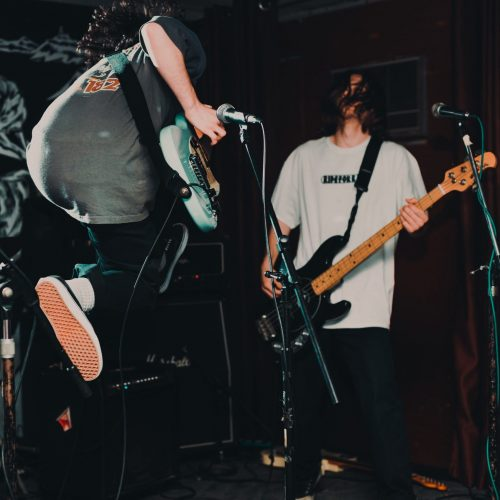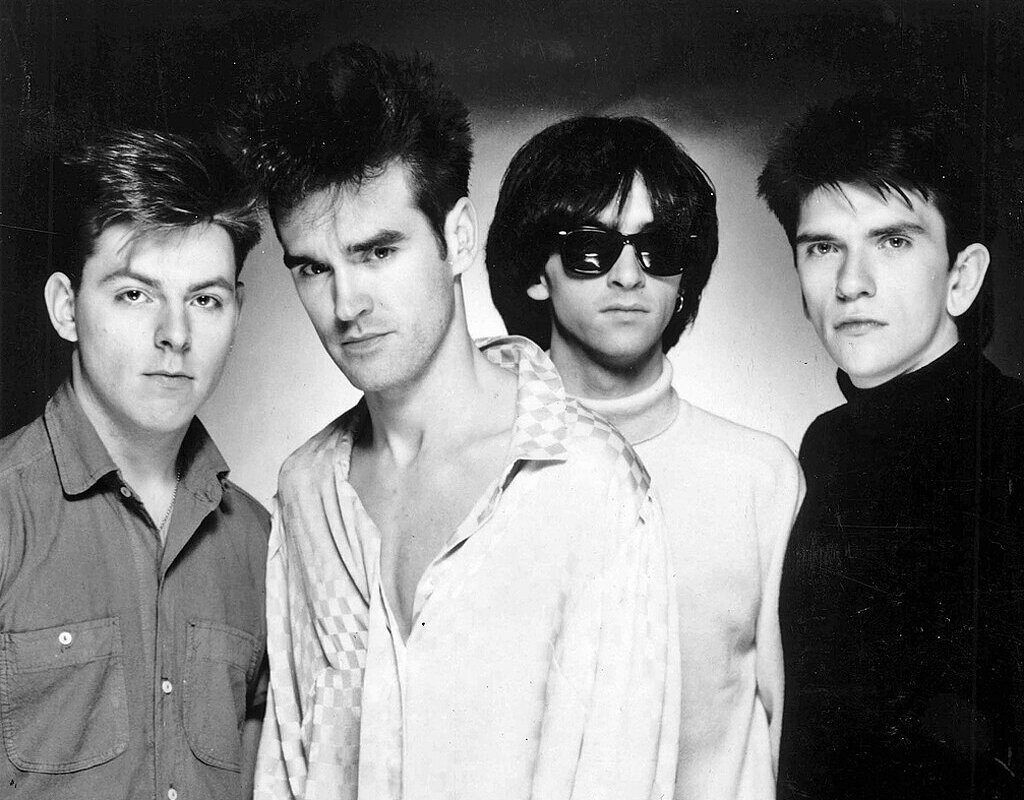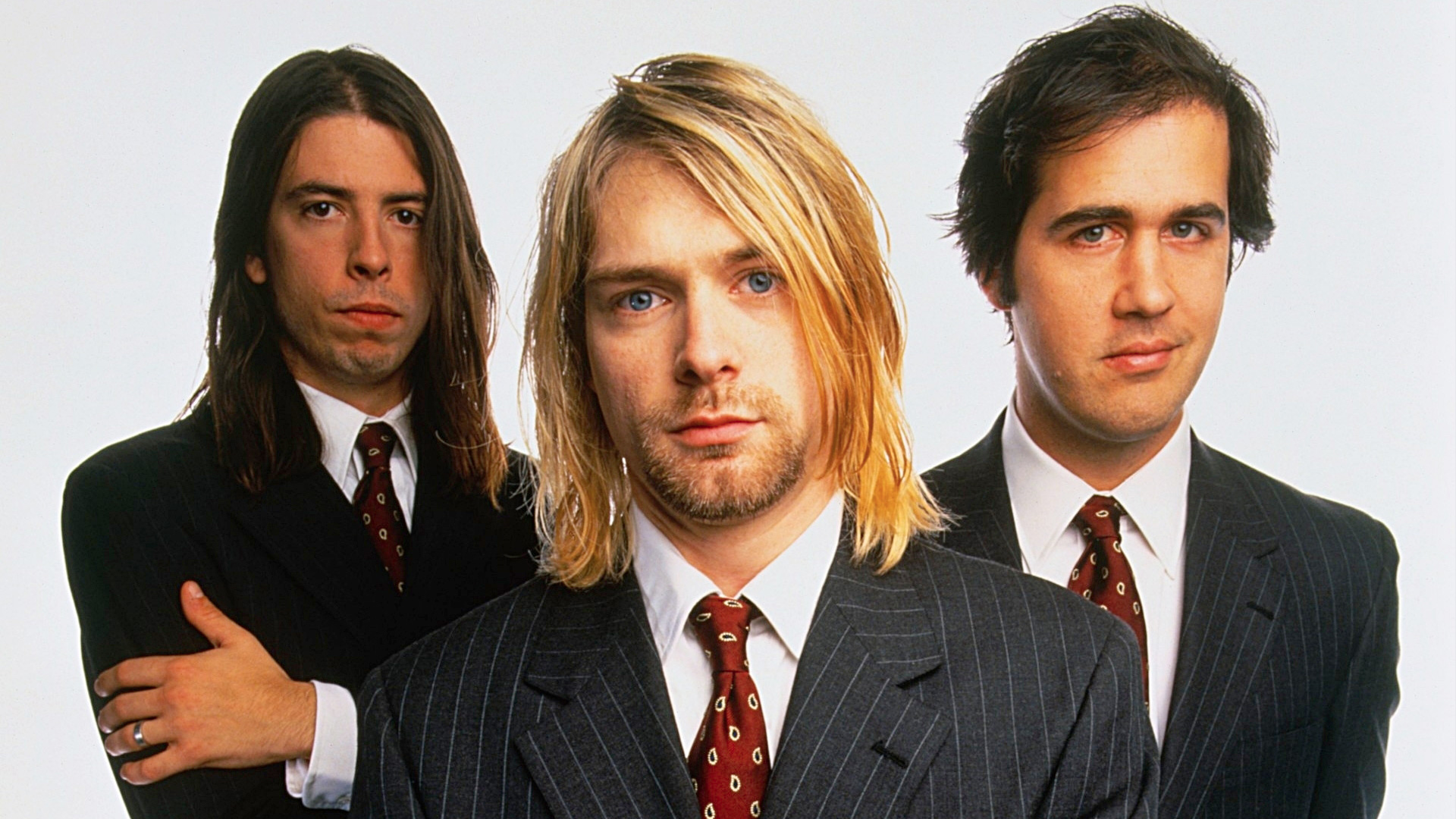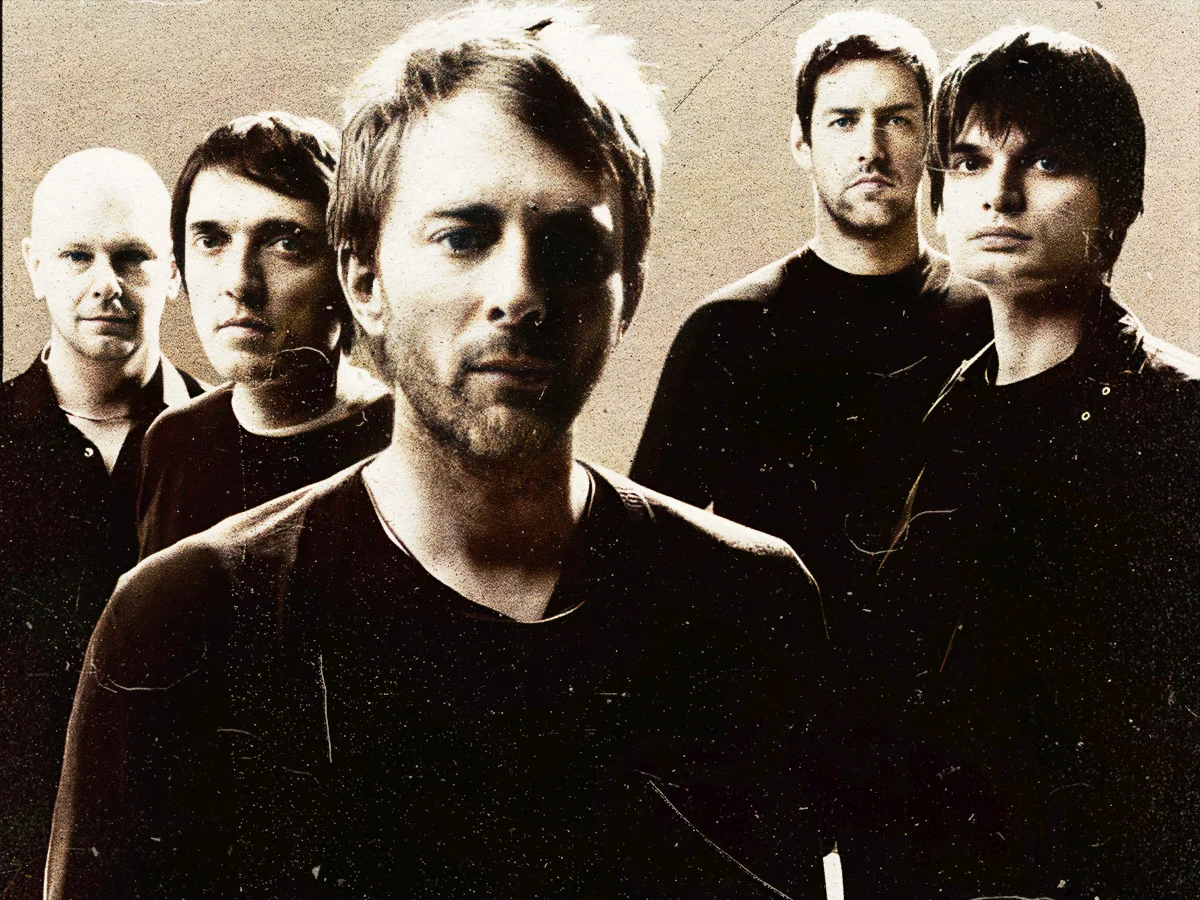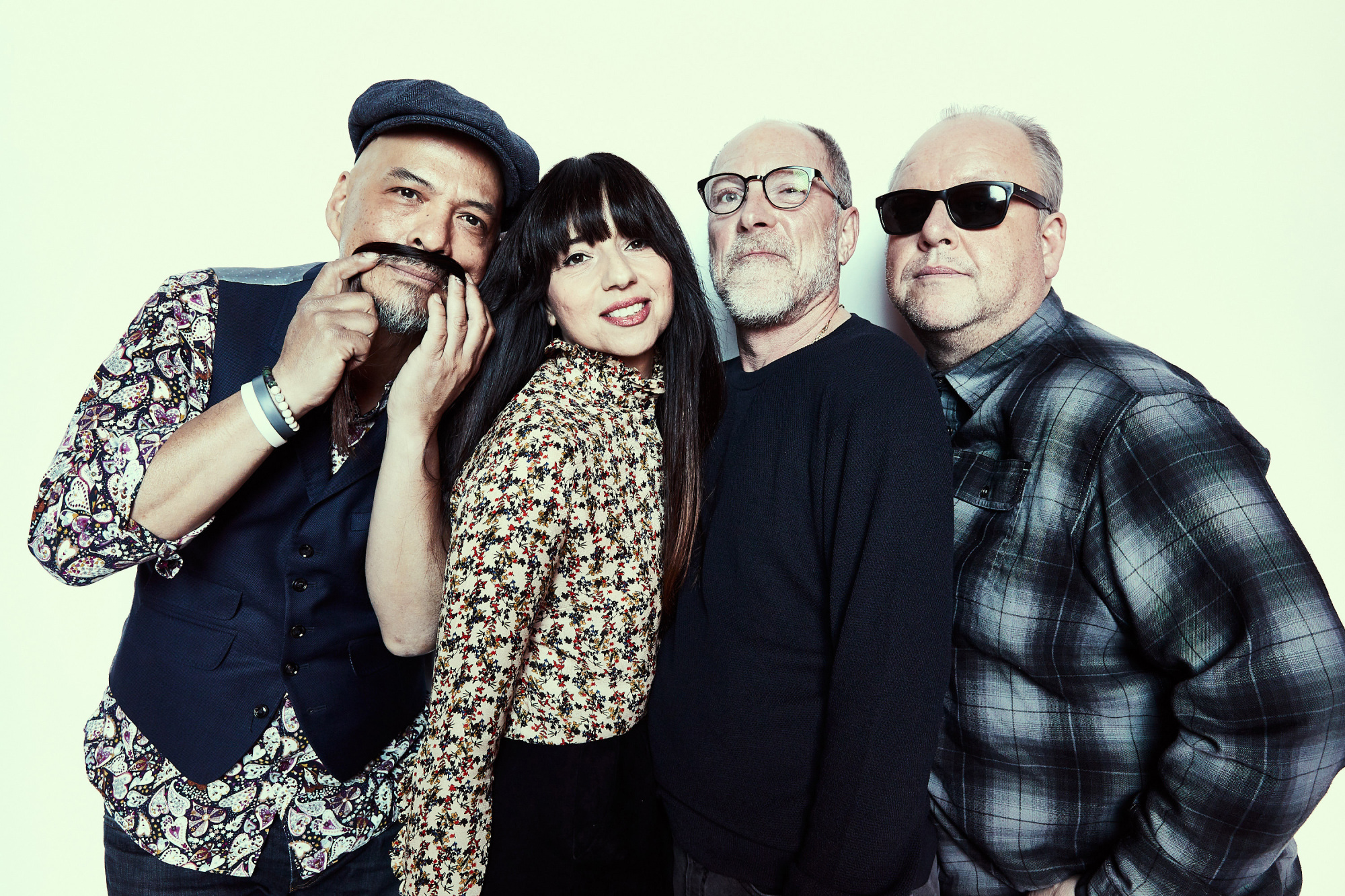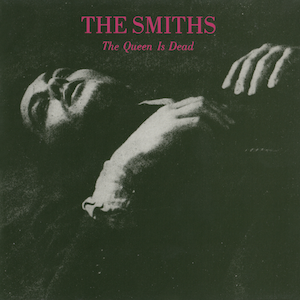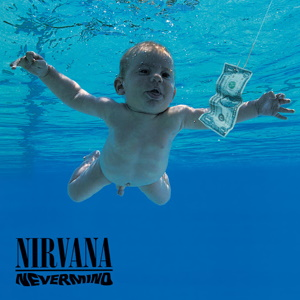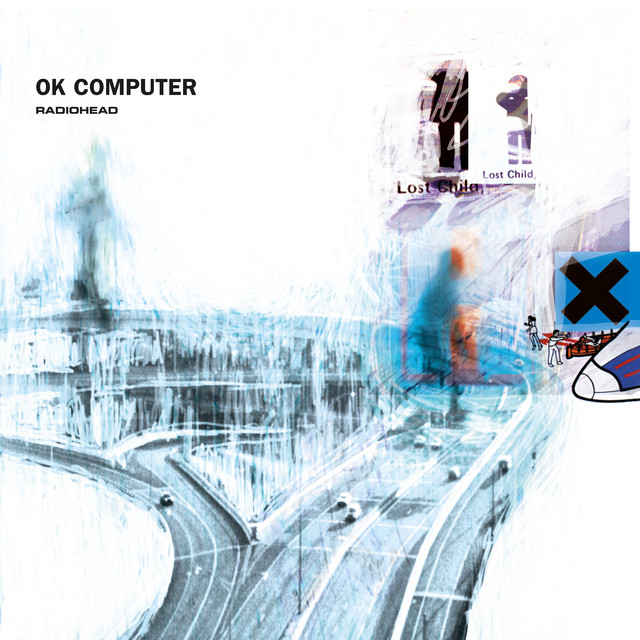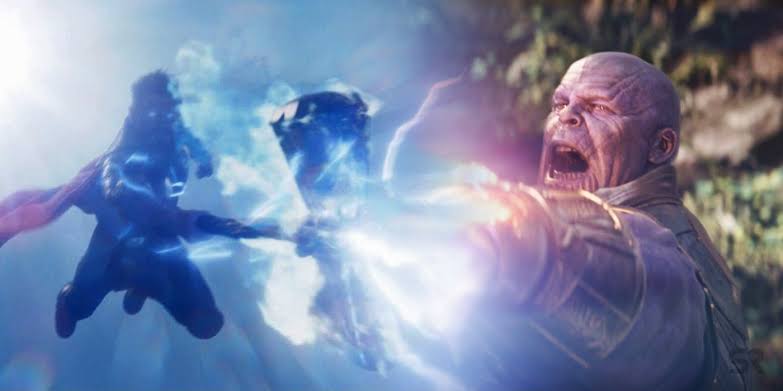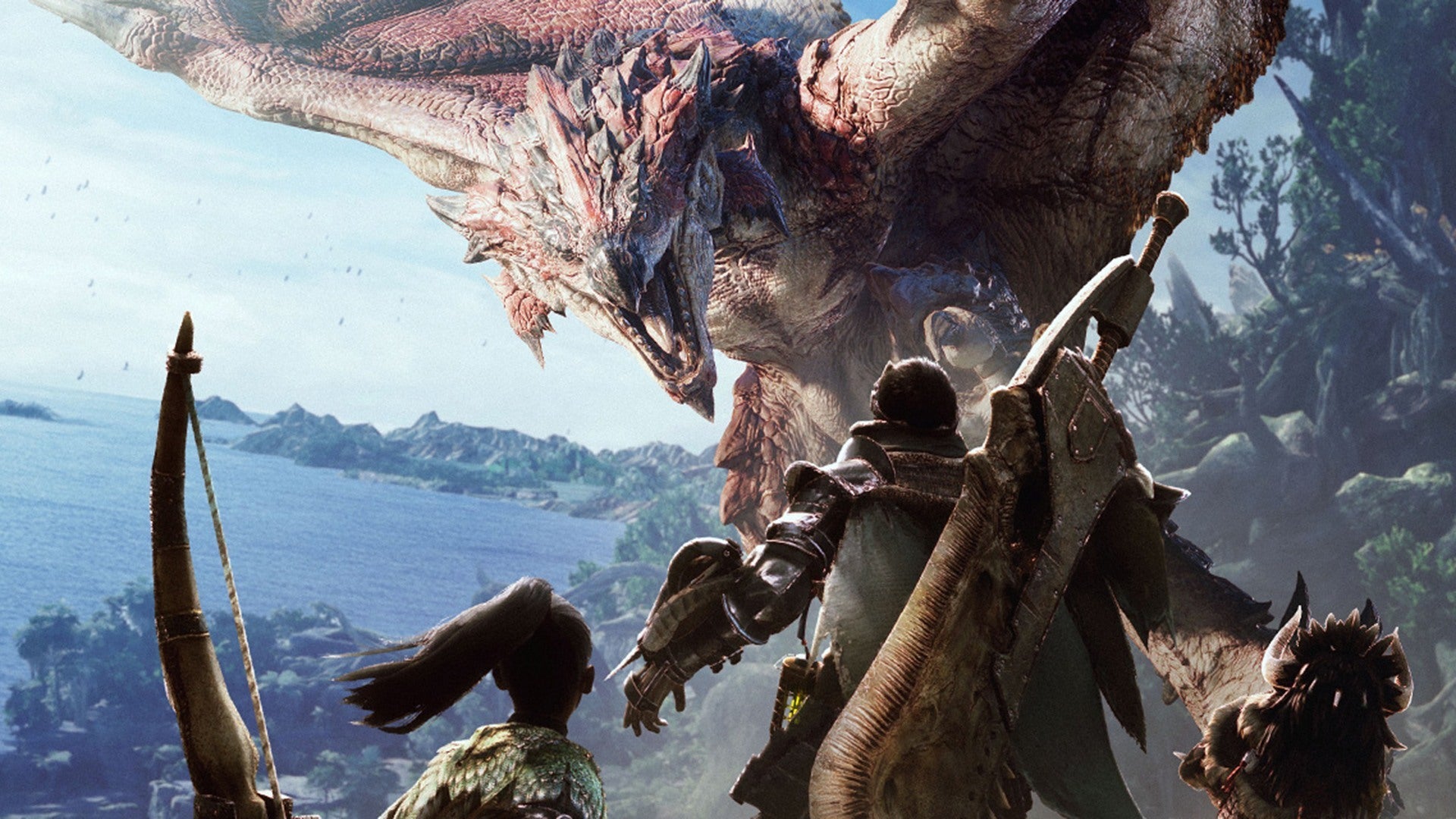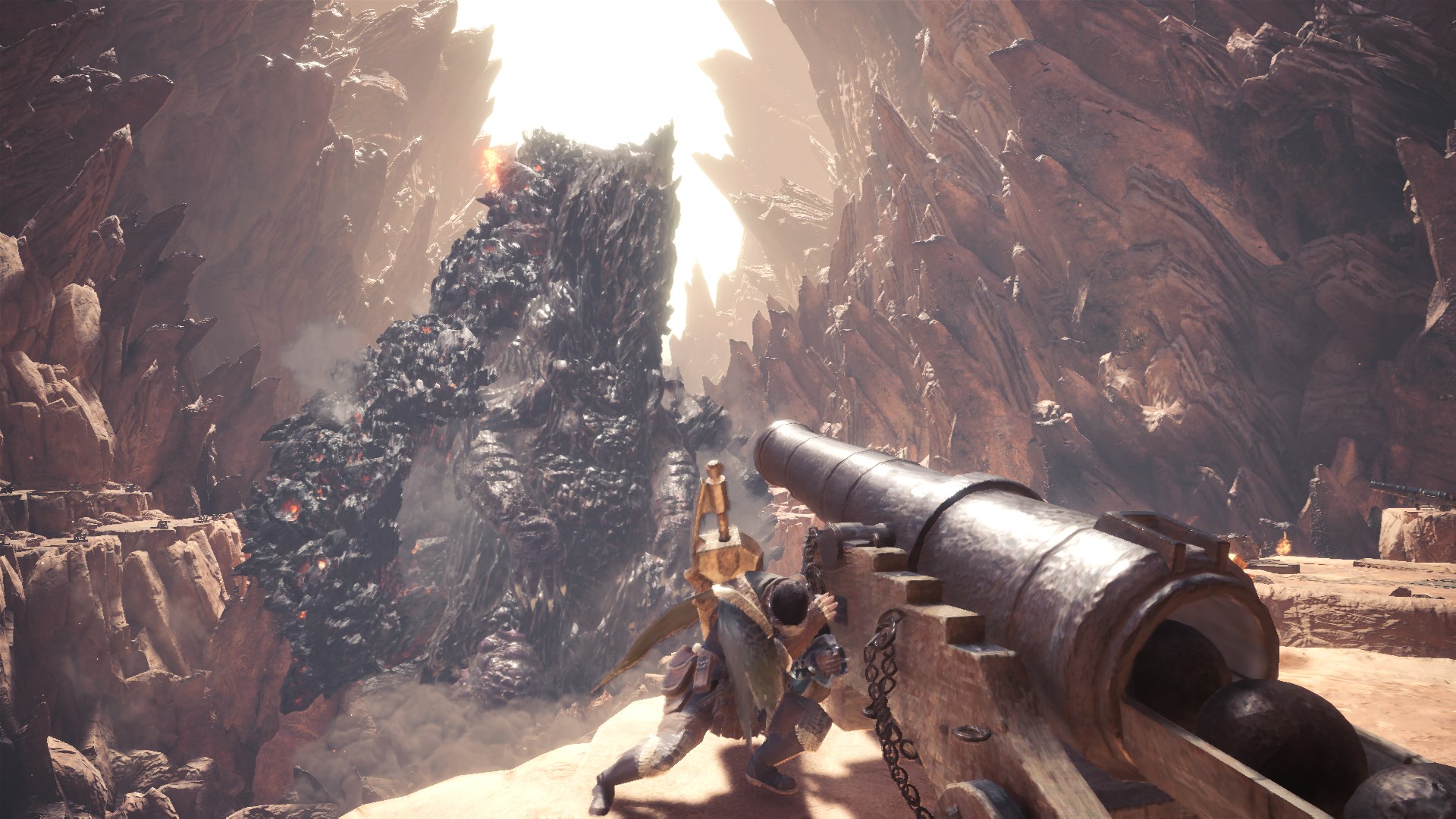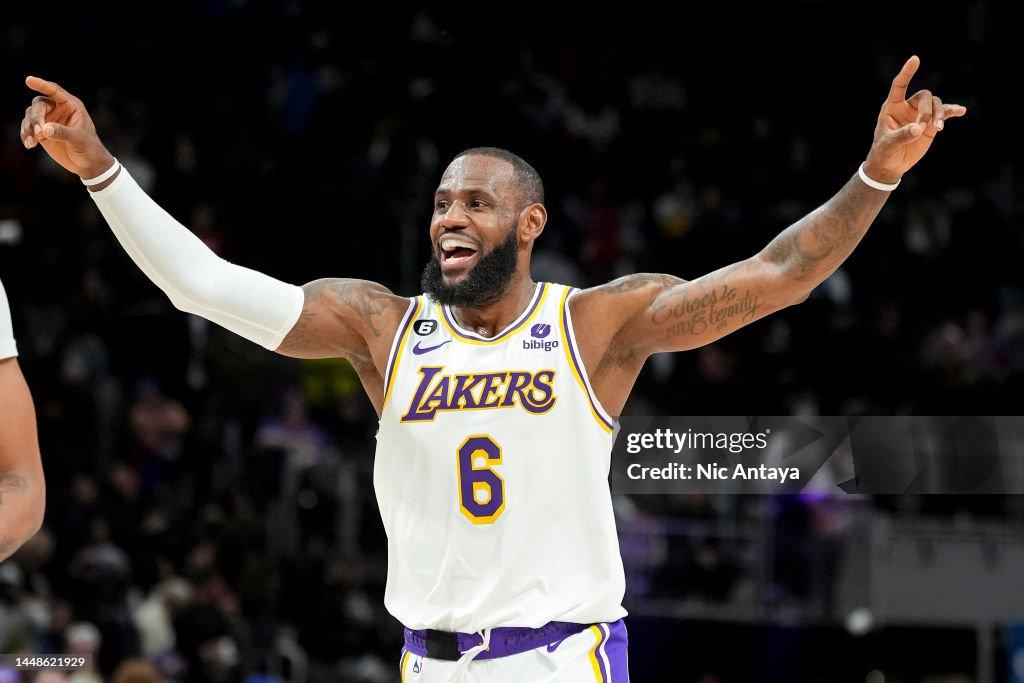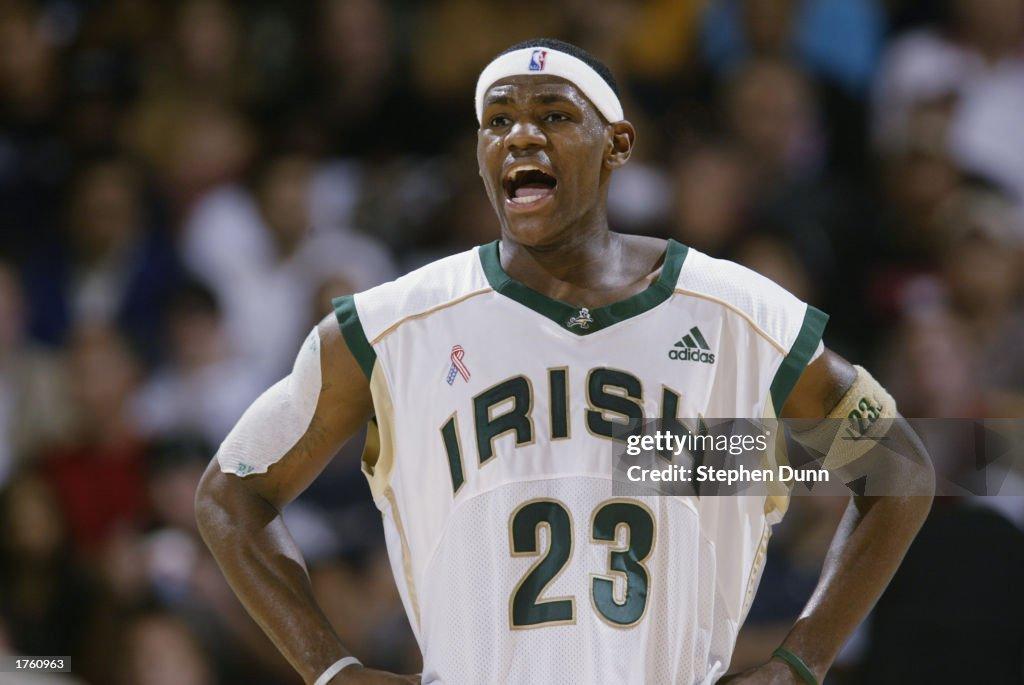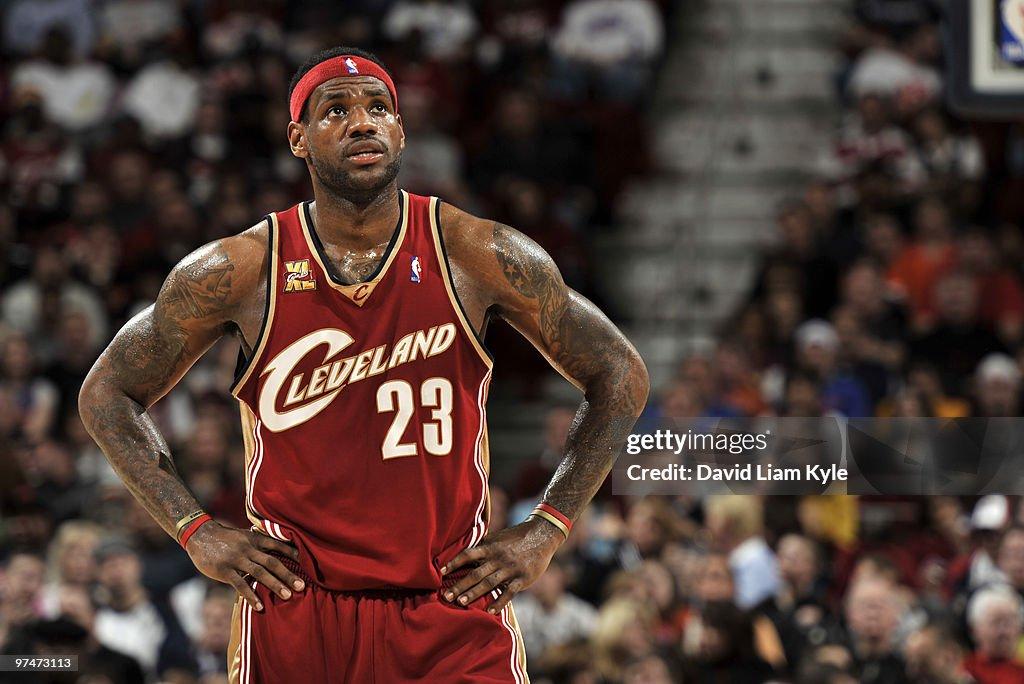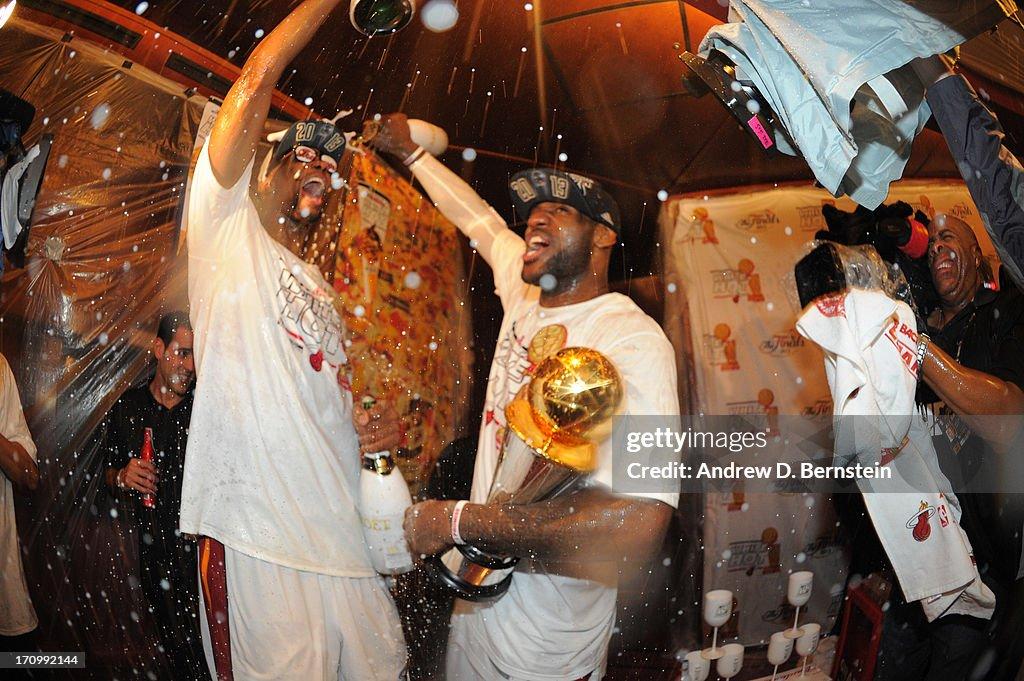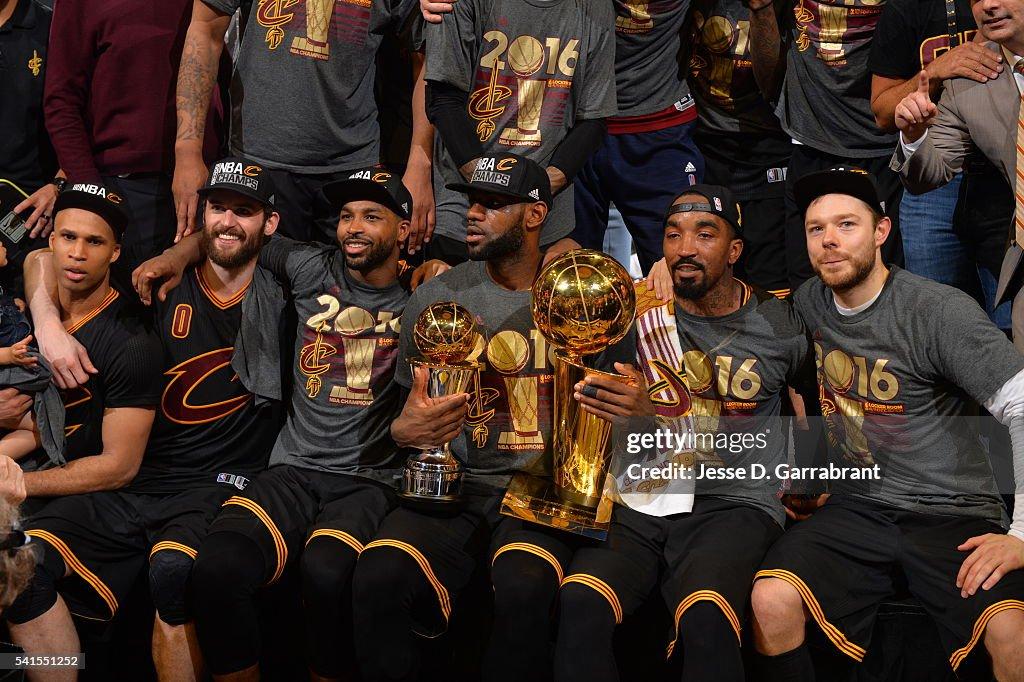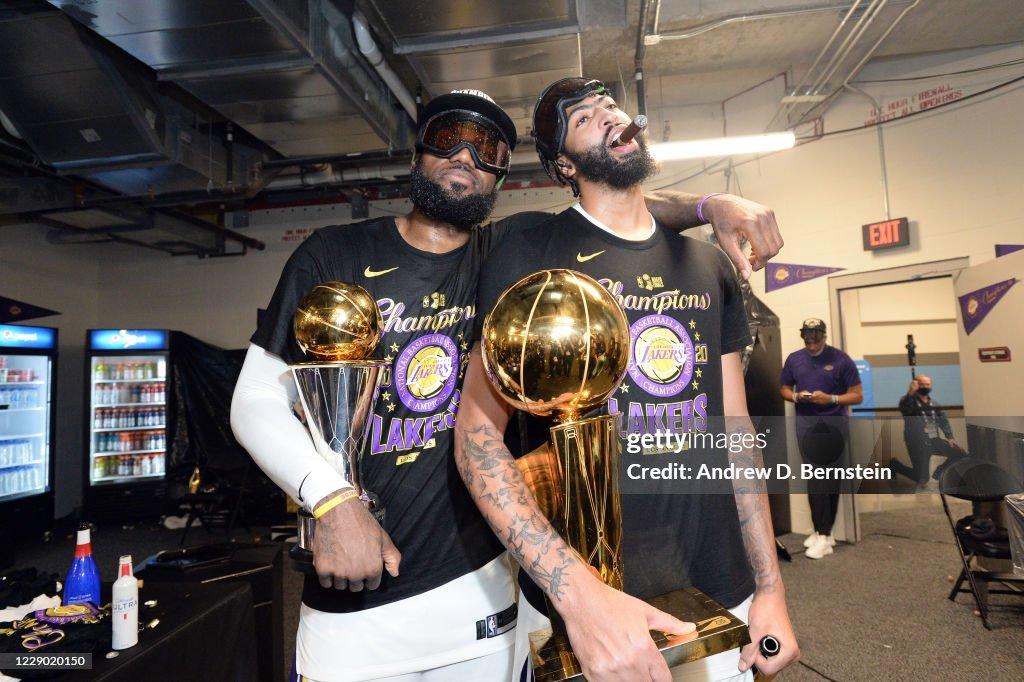With the advent of technology comes a way of life that people before us could only have imagined. It is through the endless pursuit of knowledge, ambition, and innovation that all of humanity enjoys the wealth of possibilities in living.
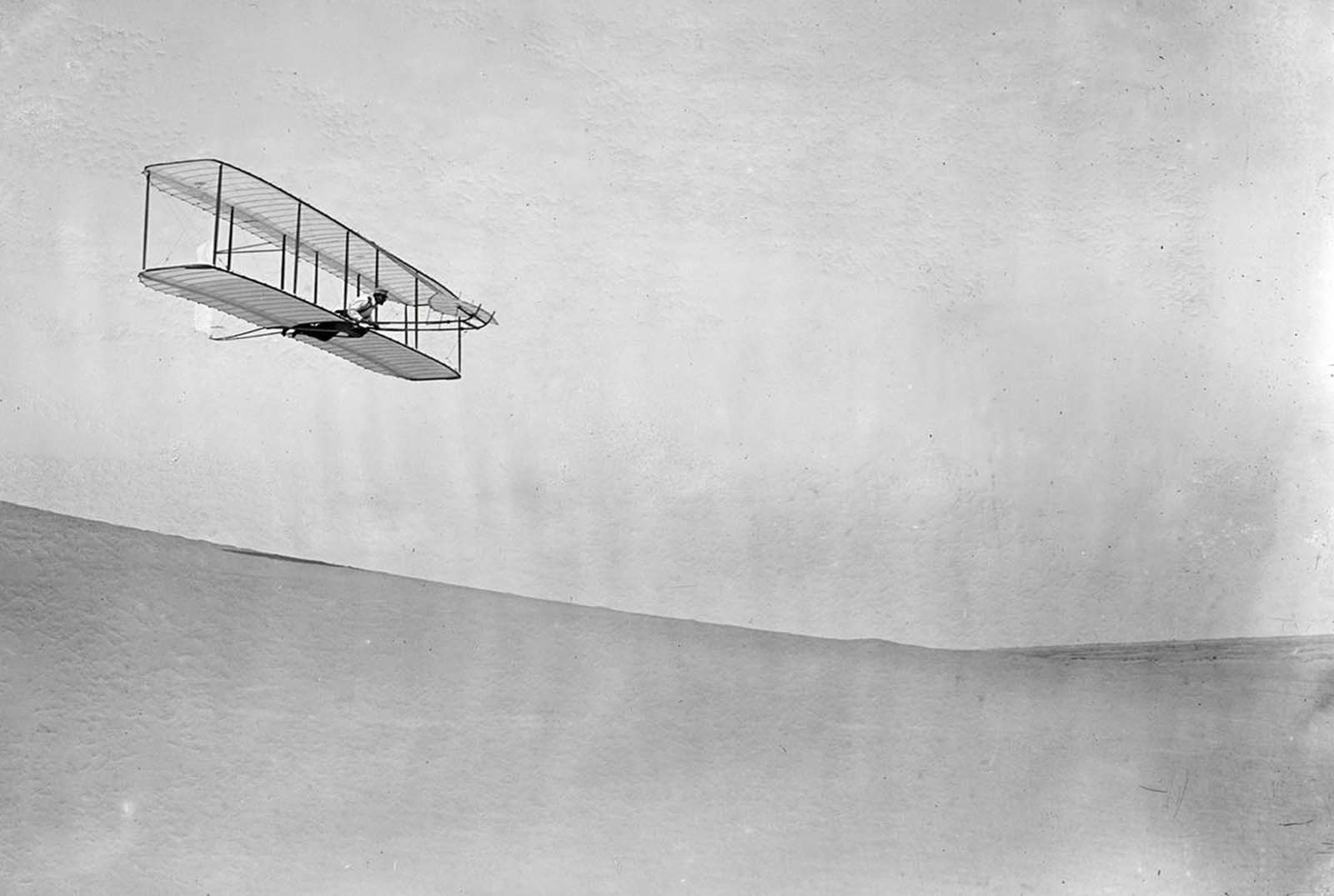
Wright Brothers' First Flight on December 17, 1903
In the early 20th century, if a person contracts even a flu they might as well be considered dead. There was no cure for diseases such as malaria, smallpox, polio, measles, and more. All of which have a cure today.
Humanity's ambition and resolve powered us through disasters and tragedies, and with it society improved through the countless inventions and innovations we take for granted today. What's ironic is, now that we can pretty much do anything, we do less and less.
Let me go off into a tangent
Kentaro Miura's manga titled Berserk is a piece of media that became heavily popular throughout its release back in the 90s. It features "Guts", the protagonist, a swordsman, who swings an unusual sword that has been repeatedly described as being "too rough and too massive" that the sword itself was seemingly nothing more but a "raw heap of iron."
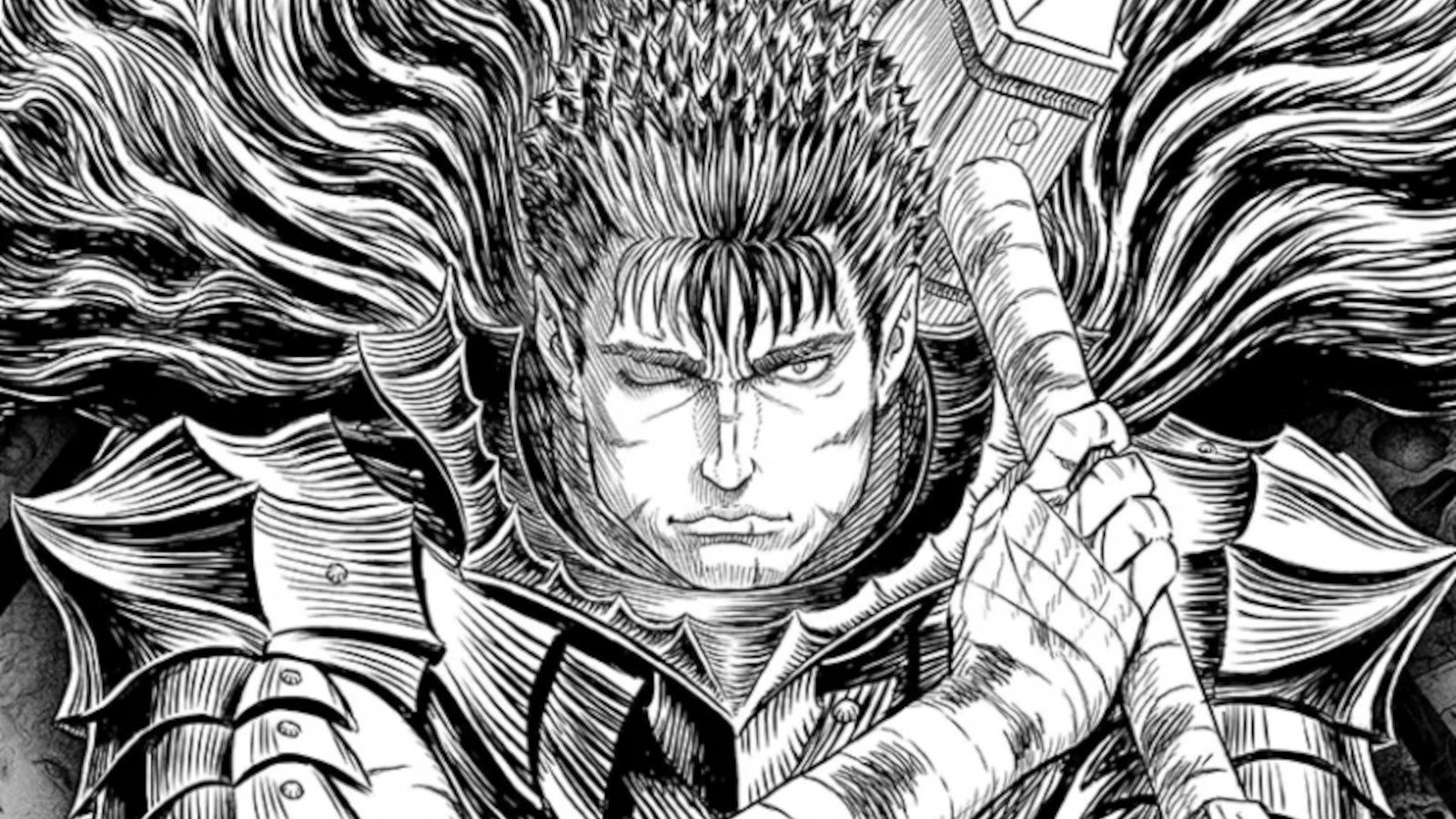
Guts from Kentaro Miura's Berserk
Yet he swings his sword with all his might, no matter how uphill the battle may seem. He may be covered in bruises, blood, sweat, and tears, yet he will never succumb to hopelessness. His seemingly inhuman strength wasn't given to him, he earned it on his own. He kept swinging his sword, he kept fighting and training single-mindedly until he was the best.
Going back
What I want to express is that there is beauty in a way a mere human polishing their skills to its very limits much more enticing than anything in the world. The value of a dream and an ambition weighs much more than eternal pleasure or comfort.
I want to point out that in our world today, we have become lazier. Unfortunately, this is seemingly the trajectory of society.
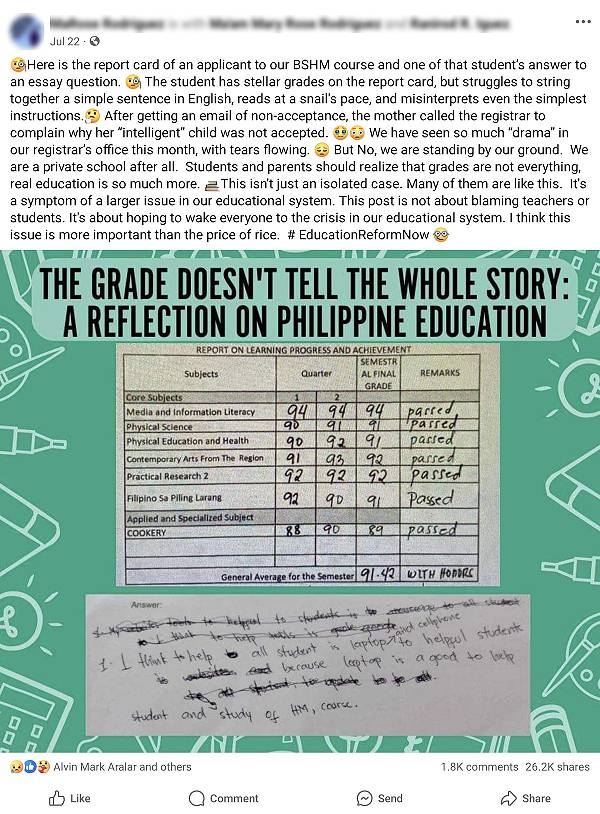
Viral Facebook Post of an Honor Student's Submission
Our laziness makes us rely heavily on the tools that become crutches to human potential. We don't dedicate ourselves to an ambition and draw resolve. We dream the dream that the masses idolize without having any heart for it. That is why a lot of people are lost on what they want to really do.
With all that said, I can't really change the world. But what I realized is that I can always act upon myself. Berserk's philosophy of swinging a sword with all your might resonates deeply with me and I'll live that way regardless of how others live. In a way, I still hope that somehow, someway the entirety of humanity changes for the better and finds their ambition roaring through. If that won't ever happen, it's fine because I lived with all my might.
Full swing ahead.
References
The Editors of Publications International, Ltd. (2007, September 20). 12 deadly diseases cured in the 20th century. HowStuffWorks. https://health.howstuffworks.com/diseases-conditions/rare/12-deadly-diseases-cured-in-the-20th-century.htm
National Archives and Records Administration. (n.d.). The flu pandemic of 1918. National Archives and Records Administration. https://www.archives.gov/news/topics/flu-pandemic-1918
Rhp. (2022, April 27). First flight with the Wright Brothers through rare photographs, 1902-1909. Rare Historical Photos. https://rarehistoricalphotos.com/first-flight-wright-brothers/
Viral: Teacher posts honor student's poor essay for college application. PEP.ph. (n.d.). https://www.pep.ph/news/local/182292/viral-teacher-post-honor-student-essay-a6904-20240812-lfrm
